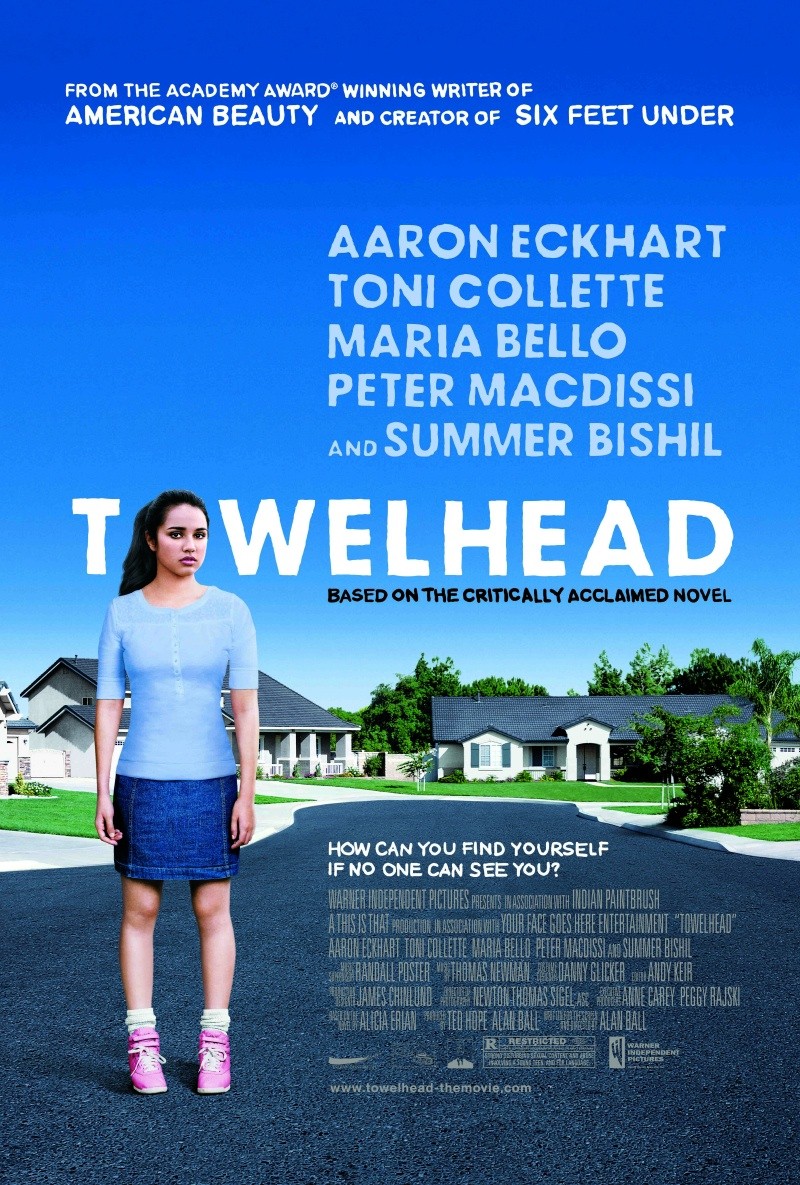Are Some Words Forbidden No Matter What?
Posted on September 6, 2008 at 8:00 am
Should some words be banned entirely? In a debate reminiscent of the battles over The Adventures of Huckleberry Finn, a coalition of disability rights groups called for a boycott of Tropic Thunder over the use of the term “retard.” The Washington Post published an opinion piece criticizing “Tropic Thunder,” written by the mother of a developmentally disabled child that began with an anecdote about a cruel passer-by who used that term to insult her child.
She failed to understand that the movie used the term exactly the way she did — to demonstrate that the speaker is a misguided and ignorant person.
In discussing this issue on BDK’s radio show, I mentioned that when I reviewed First Sunday, the newspaper that printed the review used N**** instead of spelling out the first word in the name of Ice Cube’s rap group. But that story did not make it on the air. The radio station did not broadcast the word, even though the word was not being used as an epithet but a word chosen by a group of men about themselves as a way of removing the pejorative and diminishing aspects of the term and giving it power instead. I might not agree with that use of the word but I respect the right of people to determine for themselves what they want to be called and to determine whether they want anyone who is not a part of the group to use it.
And I oppose any effort to ban any word. It makes it impossible to have a conversation about the meaning of the word and it gives the word too much power.
Oh, and the very first protests of “Huckleberry Finn,” which began as soon as the book was published, also focused on language that was considered inappropriate and shocking. The objections were not to the n-word but to the use of terms like “sweat” instead of “perspiration.” And yet, like the music of NWA, it is the language Huck and Twain use that is central to the appeal and authenticity of the works.
 Now there is a protest over the title of a new film called, as was the book it was based on, “Towelhead.” This is one of several cruel and insulting terms that the main character, the daughter of an American mother and a Lebanese father, is called by racists. The author of the book, Alicia Erian, and the director of the movie, Alan Ball (of “Six Feet Under” and “American Beauty”) have issued very thoughtful and compelling statements about the title and the term that are well worth reading, supported by the studio and by a group of scholars. Here are the statements in full:
Now there is a protest over the title of a new film called, as was the book it was based on, “Towelhead.” This is one of several cruel and insulting terms that the main character, the daughter of an American mother and a Lebanese father, is called by racists. The author of the book, Alicia Erian, and the director of the movie, Alan Ball (of “Six Feet Under” and “American Beauty”) have issued very thoughtful and compelling statements about the title and the term that are well worth reading, supported by the studio and by a group of scholars. Here are the statements in full:
